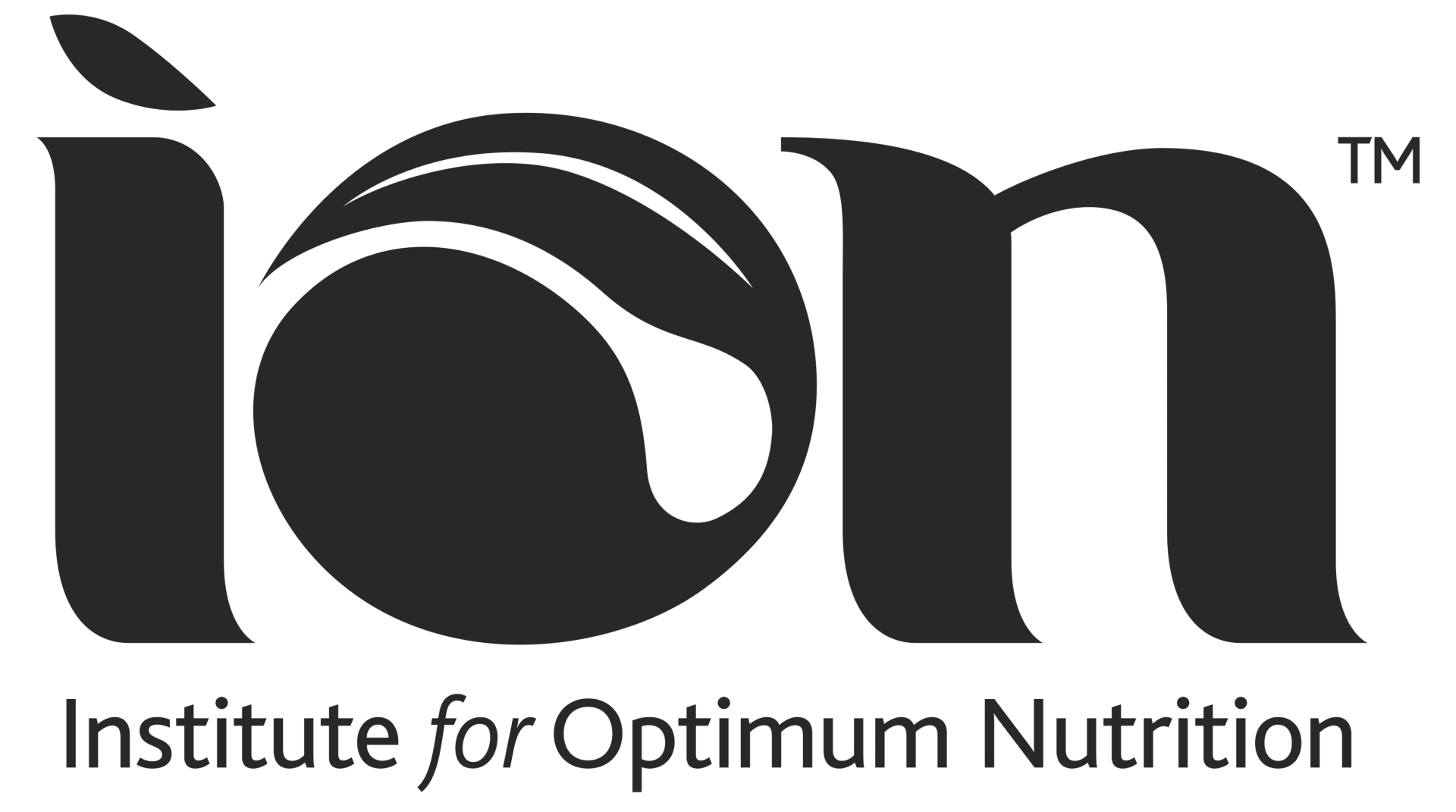Adapted from Optimum Nutrition Spring 2019
Feature
With studios closed due to government regulations, many teachers are streaming classes online. We look into the potential benefits of yoga and how to get started
Yoga may be rooted in ancient Hinduism but, for many, it is less about spirituality and more about health. The NHS states on its website that evidence shows yoga can benefit people with high blood pressure, heart disease, aches and pains including lower back pain, depression and stress. Charlotte Watts, a registered nutritional therapist, senior yoga teacher and author of Yoga for Digestive Health, would also add digestive problems such as irritable bowel syndrome (IBS) to the list.
IBS and yoga
IBS is a common gut problem that can cause stomach pain, bloating, constipation and diarrhoea. It affects thousands of people in the UK. Although some studies have indicated that yoga could relieve its symptoms,1,2 it’s not known exactly why. However, stress — often a trigger for IBS — is likely to be key.
Watts says various studies have shown that yoga reduces stress and inflammatory markers such as cytokines, which are associated with stress. “This is particularly good news for those with the IBS, Crohn’s disease and ulcerative colitis,” she says. “Those who practise yoga and meditation know this to be true, but the evidence is building to also show that such practices of ‘embodied awareness’ — like t’ai chi and qi gong — help reduce the trauma symptoms also related to digestive issues.”
Movement
Lack of movement, bad posture and stress, Watts says, can all impact the smooth functioning of the gut. “We are built to move…in all directions to keep us nicely oiled internally, so that organs can move freely…When we don’t have this ‘slide-and-glide’, as it is referred to, we can feel those restrictions as pain, pulls or discomfort in the digestive and reproductive areas.”
She adds that fascial research (relating to connective tissue) is uncovering the importance of movement between organs, and how lesions and adhesions — something she describes as “stickiness” — from lack of movement can affect digestion, how we move, and even lower back pain. “Yoga practices that undulate the spine (such as cat-cow pose), twist around the middle and create pulsing movements into the fascia, help break down these adhesions and restore function,” she says. “Simply learning to move ‘from the belly’ over time loosens us up from the centre, which also helps gut motility — the inner movements on the gut wall that keep the gut bacteria in the right place and allows full digestion.”
Stress and anxiety
Stress, says Watts, can interrupt the digestive system and prevent us from fully breaking down food. “This can lead to partially digested food hanging around and even putrefying” which, she says, can lead to gas and bloating. “Stress also depletes our beneficial bacteria, which leaves us more susceptible to digestive issues [and] depletes the mineral magnesium that we need to both activate the parasympathetic nervous system [the nervous system that activates the digestive system] and regulate bowel muscle movement.”
Bad posture
She also describes how poor posture can affect the digestive system; sitting hunched over or in chairs for long periods of time or with posture that she describes as a “chest collapse that is associated with depression”…. a position that “leaves little room for the organs to function optimally and for the diaphragm to move fully”.
Getting started
If you are tempted to try yoga as a possible aid for digestive problems, Watts cautions that not all yoga classes might be helpful. “Many forms are very dynamic and fast-moving and don’t allow much time for tuning in to body responses,” she says. “This can feed into habits of doing more, and faster, which are the very habits that feed into high stress levels and affect digestive capacity.”
In terms of choosing a class, there are two components of yoga: asanas (the physical practice of the yoga pose) and pranayama (the formal practice of controlling the breath). Forms of yoga vary between these components:
- Traditional yoga forms with both asanas and pranayama — recommended for the beginner: Hatha, Iyengar, Svaroopa, Sivananda yogas
- With the emphasis on active movement through a series of postures, yoga forms that can be quite demanding requiring upper body strength: Ashtanga, Dynamic, Power, Bikram/Hot yogas (in Bikram the movements are performed in a very warm room)
- Passive forms with little or no asanas but with more emphasis on breathing and meditation — not for those who feel the need to work out: Kundalini, Rajah, Ananda yogas.
Watts is teaching her own yoga classes online. Find out more here.
References:
- Kuttner L et al (2006). A randomized trial of yoga for adolescents with irritable bowel syndrome. Pain
Res and Management, 11(4): 217-224
- Kavuri V et al (2015). Irritable bowel syndrome: Yoga as remedial therapy. Evidence-Based Compl and
Alt Med






